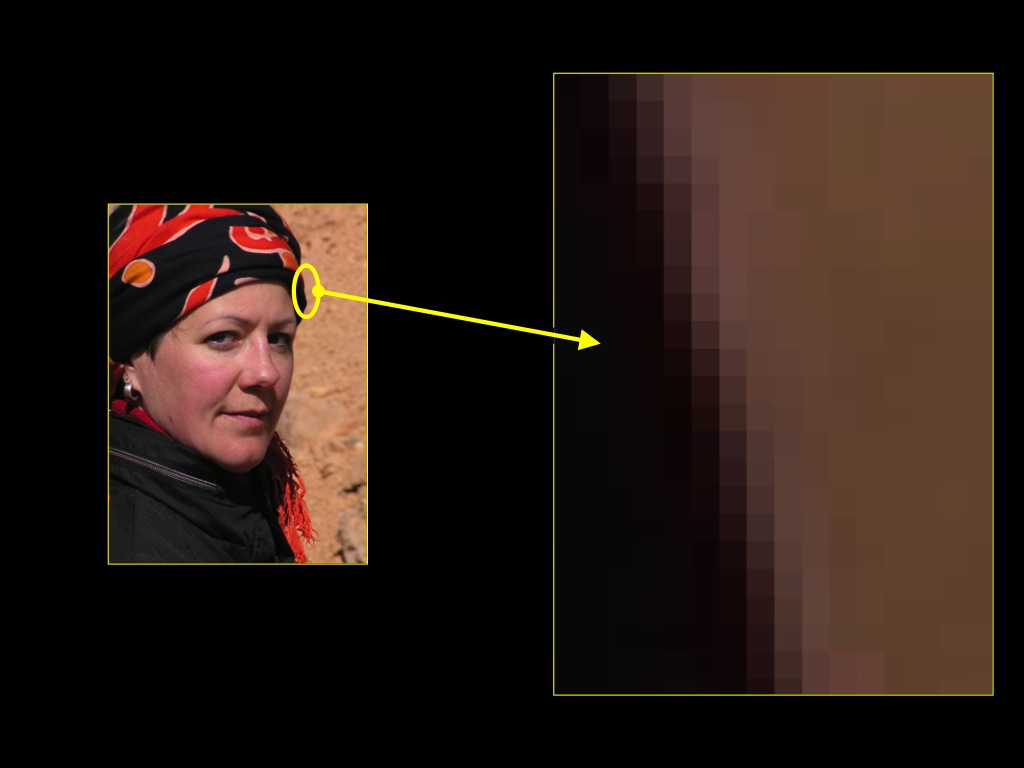Click here and press the right key for the next slide (or swipe left)
also ...
Press the left key to go backwards (or swipe right)
Press n to toggle whether notes are shown (or add '?notes' to the url before the #)
Press m or double tap to slide thumbnails (menu)
Press ? at any time to show the keyboard shortcuts
Objections to Core Knowledge
‘Just as humans are endowed with multiple, specialized perceptual systems, so we are endowed with multiple systems for representing and reasoning about entities of different kinds.’
Carey and Spelke, 1996 p. 517

‘core systems are
- largely innate
- encapsulated
- unchanging
- arising from phylogenetically old systems
- built upon the output of innate perceptual analyzers’
(Carey and Spelke 1996: 520)
representational format: iconic (Carey 2009)
multiple definitions
‘there is a paucity of … data to suggest that they are the only or the best way of carving up the processing,
‘and it seems doubtful that the often long lists of correlated attributes should come as a package’
Adolphs (2010 p. 759)
‘we wonder whether the dichotomous characteristics used to define the two-system models are … perfectly correlated …
[and] whether a hybrid system that combines characteristics from both systems could not be … viable’
Keren and Schul (2009, p. 537)
‘the process architecture of social cognition is still very much in need of a detailed theory’
Adolphs (2010 p. 759)
Is definition by listing features (a) justified, and is it (b) compatible with the claim that core knowledge is explanatory?
Why do we need a notion like core knowledge?
| domain | evidence for knowledge in infancy | evidence against knowledge |
| colour | categories used in learning labels & functions | failure to use colour as a dimension in ‘same as’ judgements |
| physical objects | patterns of dishabituation and anticipatory looking | unreflected in planned action (may influence online control) |
| number | --""-- | --""-- |
| syntax | anticipatory looking | [as adults] |
| minds | reflected in anticipatory looking, communication, &c | not reflected in judgements about action, desire, ... |
| occlusion | endarkening | |
| violation-of-expectations | ✔ | ✘ |
| manual search | ✘ | ✔ |
Charles & Rivera (2009)
If this is what core knowledge is for, what features must core knowledge have?
‘Just as humans are endowed with multiple, specialized perceptual systems, so we are endowed with multiple systems for representing and reasoning about entities of different kinds.’
Carey and Spelke, 1996 p. 517

‘core systems are
- largely innate
- encapsulated
- unchanging
- arising from phylogenetically old systems
- built upon the output of innate perceptual analyzers’
(Carey and Spelke 1996: 520)
representational format: iconic (Carey 2009)
If this is what core knowledge is for, what features must core knowledge have?
not being knowledge
objections to the Core Knowledge View:
- multiple definitions
- justification for definition by list-of-features
- definition by list-of-features rules out explanation
- mismatch of definition to application
The Core Knowledge View
generates
no
relevant predictions.